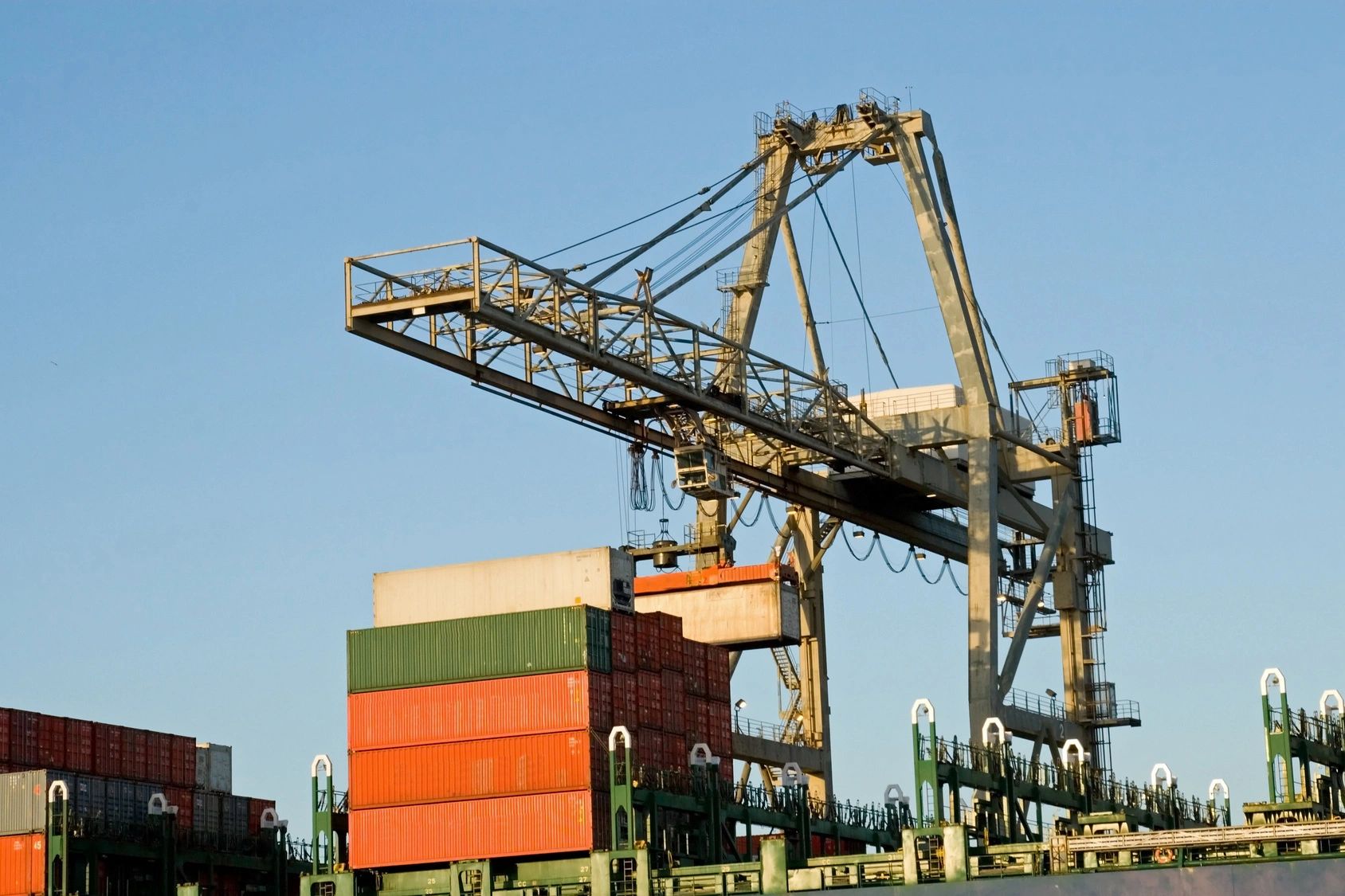After a period of robust economic growth that allowed provincial governments to trim deficits and amass surpluses, fiscal challenges are now emerging nationwide.
The unveiling of budget plans for the upcoming year by each province reveals a common trend of escalating spending and ballooning debt levels. Only Alberta and New Brunswick are projecting balanced budgets, a stark contrast to the surplus reported by eight out of ten provinces just two years ago, fueled by a thriving national economy and soaring commodity prices.
However, the luster of economic prosperity is fading, as indicated by a report from BMO Capital Markets, with revenue expansion slowing down while expenditures surge.
Projections indicate a significant increase in the collective provincial budget deficit, soaring from $10.6 billion last year to a staggering $27.9 billion this year. Furthermore, the total provincial net debt is anticipated to surge by over $65 billion in the upcoming fiscal year, marking a record annual surge and more than double the underlying budget shortfall, according to BMO’s analysis.
Total borrowing is on track to surpass $130 billion this year, a historic high excluding the initial year of the pandemic, according to BMO.
Increasing debt levels are also resulting in elevated annual expenses in interest payments.
“We’re seeing most provinces feeling some financial pressure,” said Pedro Antunes, chief economist at the Conference Board of Canada.
“Long-term financing costs are going to be much more elevated in the future than they were even pre-pandemic,” he said. “It means more difficulty for provinces to deliver on other programs when they have essentially debt-financing growing as a share of their overall revenues”
Numerous provinces are ramping up expenditure amidst escalating public sector wages and interest obligations. Concurrently, population growth is exerting pressure on infrastructure, prompting heightened capital outlays.
Recent figures from Statistics Canada indicate that the Canadian economy experienced a modest 0.2 percent growth in February, with initial estimates for March suggesting minimal changes to the GDP.
Meanwhile, the Bank of Canada has signaled its proximity to considering interest rate reductions, citing easing inflationary pressures and a deceleration in economic expansion.



